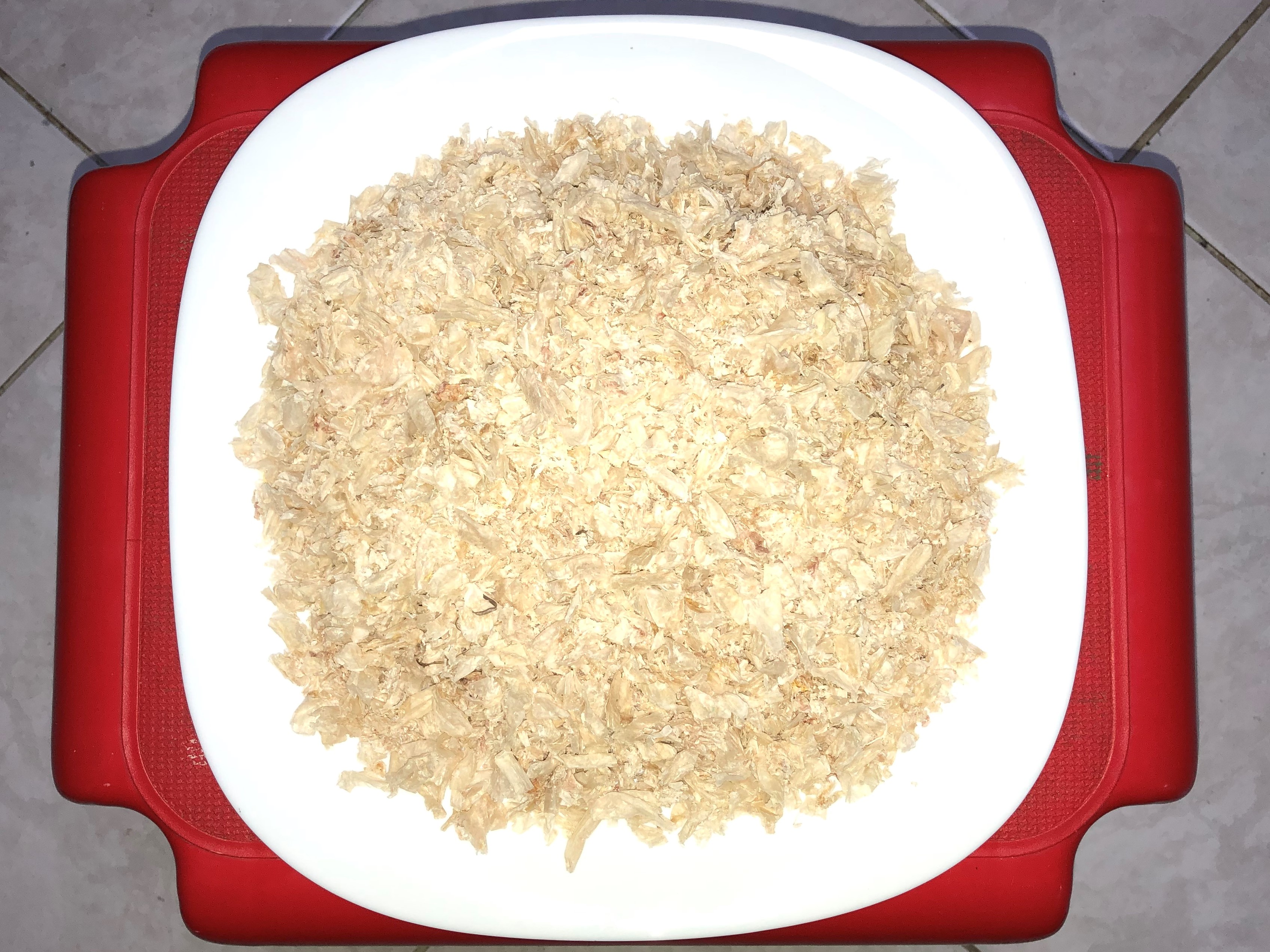Chitosan -among various renewable polymers is one of the most commercially important biocompatible polymers from an environmental or biomedical point of view. It is a linear copolymer of (1→4)-linked 2-acetamido-2-deoxy-D-glucan (GlcNAc) and 2-amino-2-deoxy- D-glucan (GlcN) units in varying proportions. Naturally, chitosan is produced by the hydration of a nitrogenous polysaccharide chitin, which is considered as the main building component of crustacean shells.
The cationic nature of chitosan made it a unique polysaccharide, which is distinguished among other polysaccharides. It is mainly obtained at the synthetic scale by deacetylation of chitin, and the process of deacetylation is carried out to different degrees depending upon the targeted applications, so numerous products with different degrees of deacetylation (DD) can be obtained. The physiological properties of chitosan, especially solubility, are determined by its molecular weight and degree of deacetylation. Chitosan is a water insoluble polysaccharide while, because of its cationic nature, is soluble in dilute acidic solutions. The insoluble nature of chitosan in neutral pH restricted its use in solution for physiological applications in the medical and food industries.





